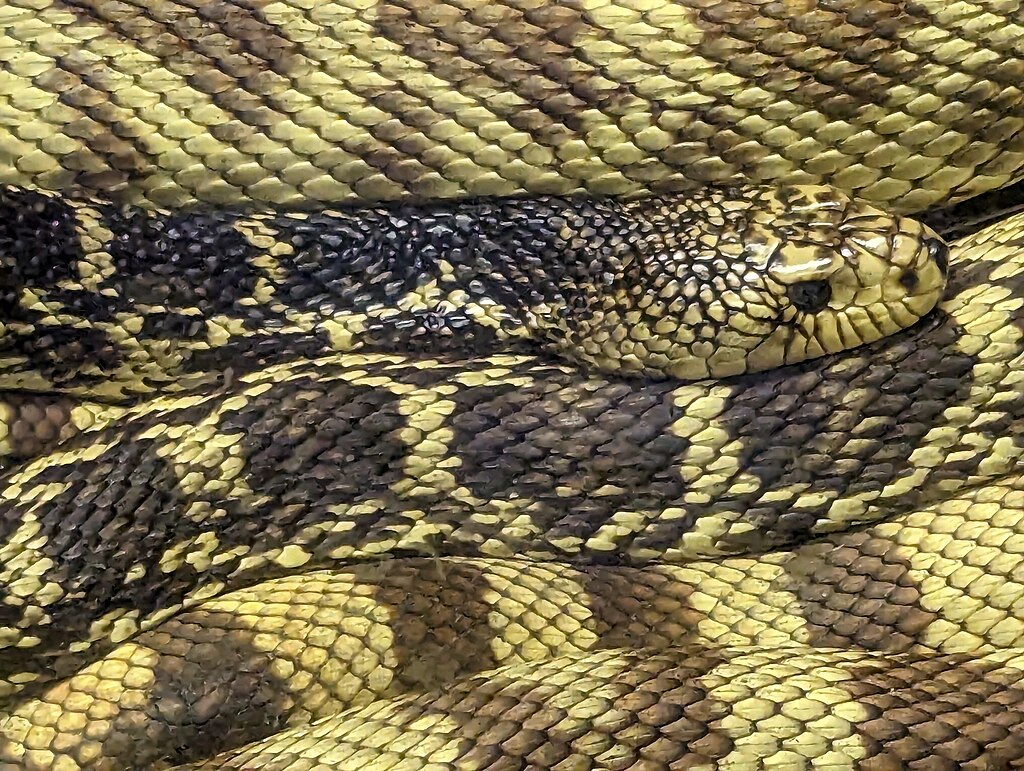In the secretive world of reptiles, chemical communication plays a vital role in survival, particularly for snakes. These legless predators navigate their environment primarily through their extraordinary sense of smell. While much attention has been given to how snakes detect prey and potential mates, their reactions to the scent of other reptiles – both their own kind and different species – reveals a complex web of behaviors that highlight their remarkable sensory adaptations. From territorial defense to predator avoidance and social interactions, the way snakes process and respond to the chemical signatures of other reptiles offers fascinating insights into their evolutionary success and behavioral ecology.
The Unique Olfactory System of Snakes
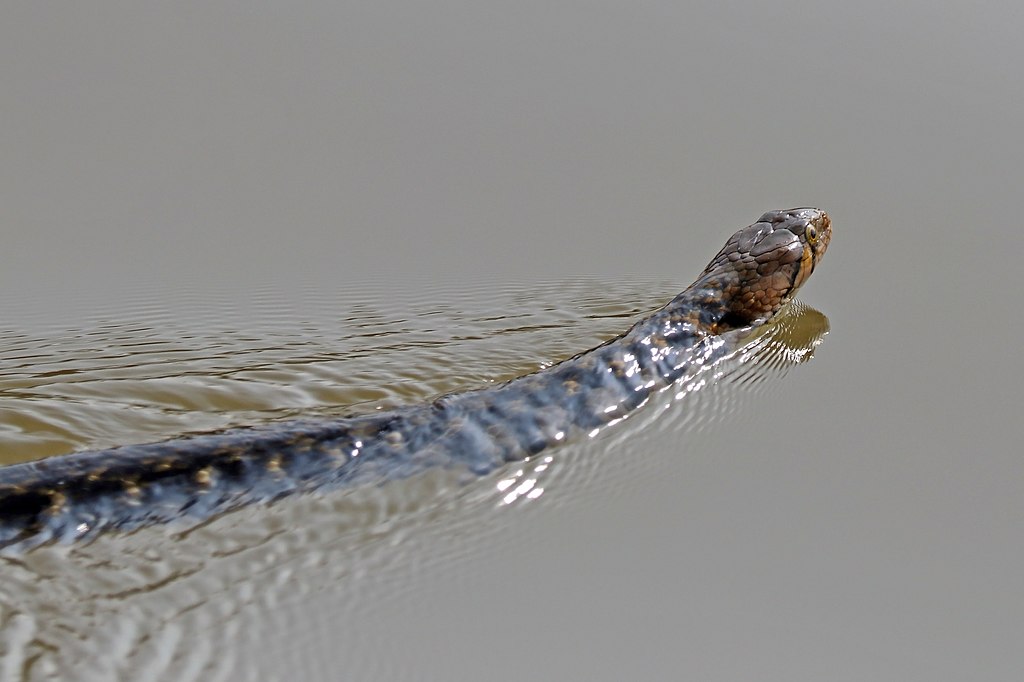
Unlike mammals that primarily rely on their nostrils for smelling, snakes possess a specialized dual olfactory system that makes them extraordinarily sensitive to chemical cues. The forked tongue that flicks into the air collects scent particles and delivers them to the vomeronasal organ (also called Jacobson’s organ) located in the roof of the mouth. This specialized organ processes chemical information and allows snakes to create a three-dimensional “scent map” of their surroundings. When a snake detects the scent of another reptile, its tongue-flicking behavior typically increases dramatically as it attempts to gather more information about the potential threat, prey, or mate. This remarkable system enables snakes to distinguish between not only different species but also between individuals, sexes, and even the health status of other reptiles they encounter.
Territorial Responses to Same-Species Scents
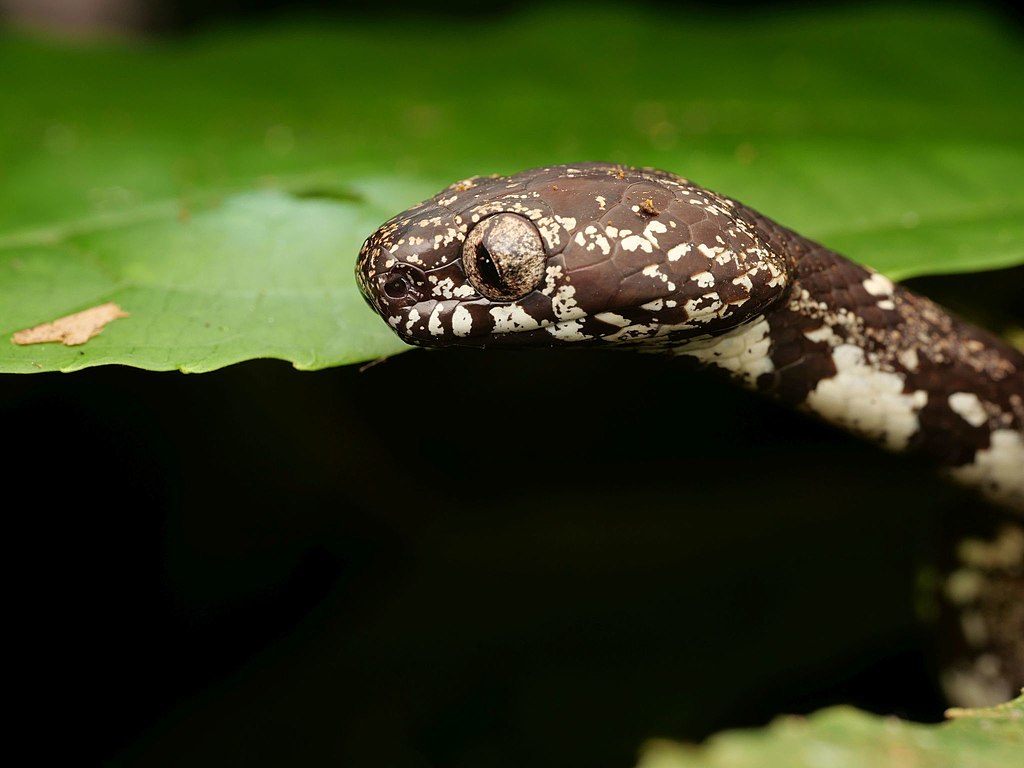
When snakes detect the chemical signals of their own species, their responses often reflect complex territorial behaviors. Many snake species, particularly males during breeding season, exhibit heightened aggression when they detect the scent of another male in their territory. This response typically includes increased tongue-flicking, raised head postures, and even combat behaviors if the other snake is physically present. Research has shown that some species, like timber rattlesnakes, can recognize individual snakes based solely on their scent signatures and modify their response accordingly, showing less aggression toward familiar neighbors compared to strange intruders. Female snakes may also respond defensively to other females during breeding season, as competition for optimal nesting sites can be intense in some species.
Predator-Prey Recognition Between Reptile Species
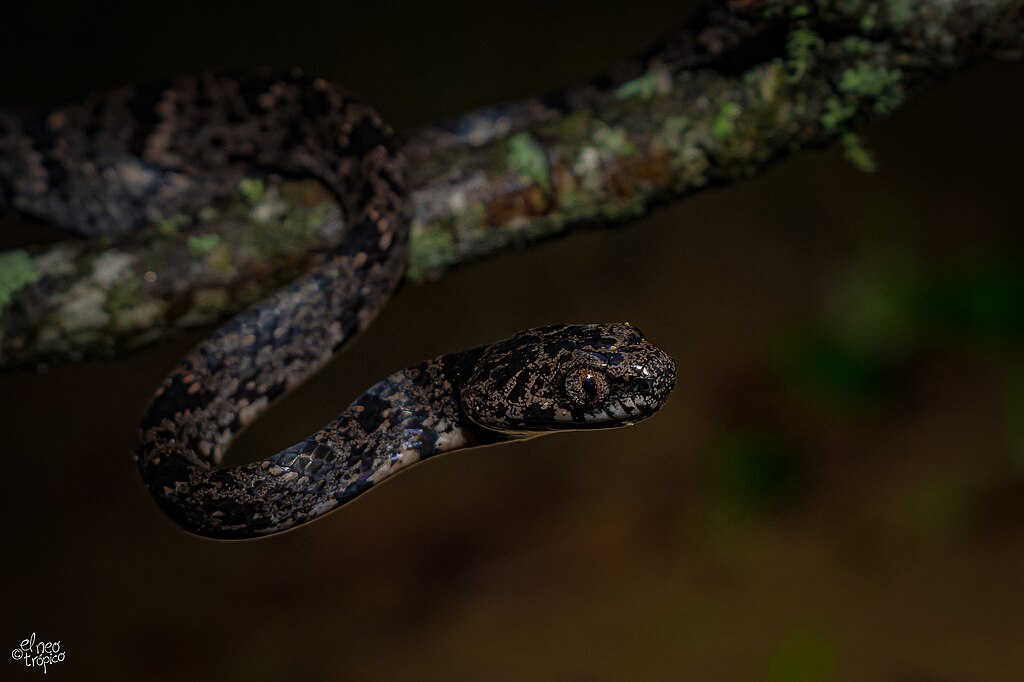
One of the most dramatic responses occurs when snakes detect the scent of reptiles that represent either predator or prey. Smaller snake species show immediate defensive behaviors when they detect the chemical signatures of kingsnakes or other ophiophagous (snake-eating) species, often including rapid retreat, defensive posturing, or even death-feigning behaviors. This recognition appears to be innate in many species, suggesting evolutionary adaptations to avoid predation. Conversely, predatory snakes like kingsnakes show increased hunting behaviors when they detect the scent of other reptiles they commonly prey upon, including increased tongue-flicking, active searching, and pursuit behaviors. Some studies have documented that certain snake species can detect and avoid areas where lizard-eating snakes have recently traveled, demonstrating the importance of chemical cues in predator avoidance strategies.
The Role of the Vomeronasal Organ in Reptile Scent Detection
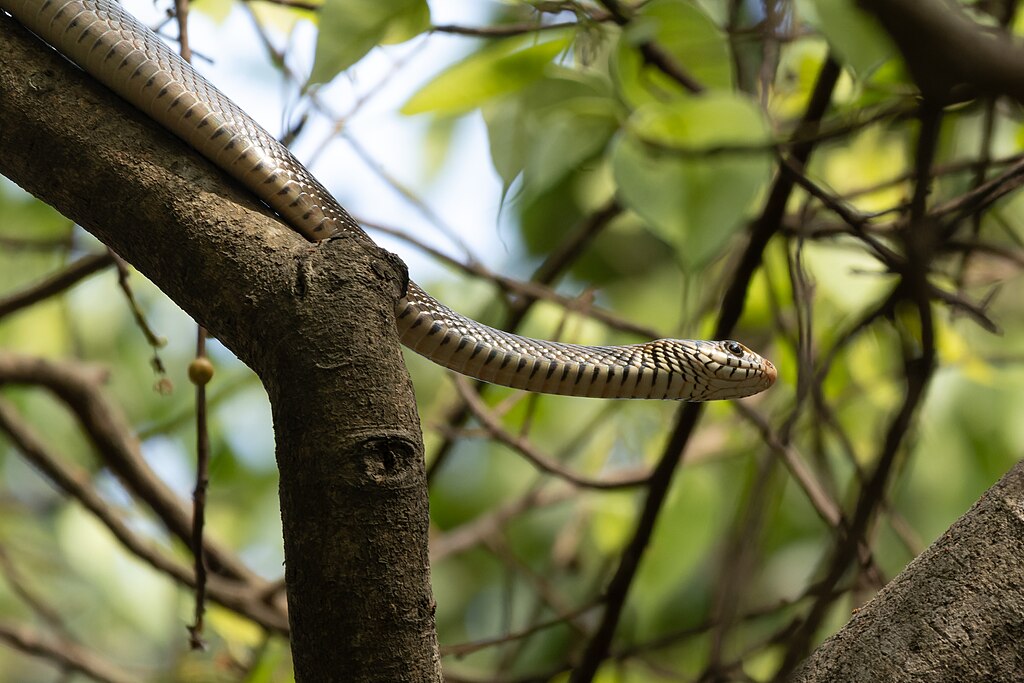
The vomeronasal organ (VNO) serves as the processing center for chemical signals collected by a snake’s forked tongue. When a snake flicks its tongue to sample scents from the environment, the tongue delivers collected chemical particles directly to the VNO through special ducts in the roof of the mouth. This organ contains highly specialized sensory cells that can detect minute concentrations of pheromones and other chemical signatures specific to different reptile species. Experiments blocking the VNO have shown that snakes become virtually “smell-blind” to the presence of other reptiles, highlighting its critical importance. The sensitivity of this system is remarkable – some species can detect chemical trails left by other reptiles days or even weeks after they have passed through an area, allowing them to make crucial decisions about habitat use and potential threats.
Breeding Season Influences on Scent Reactions
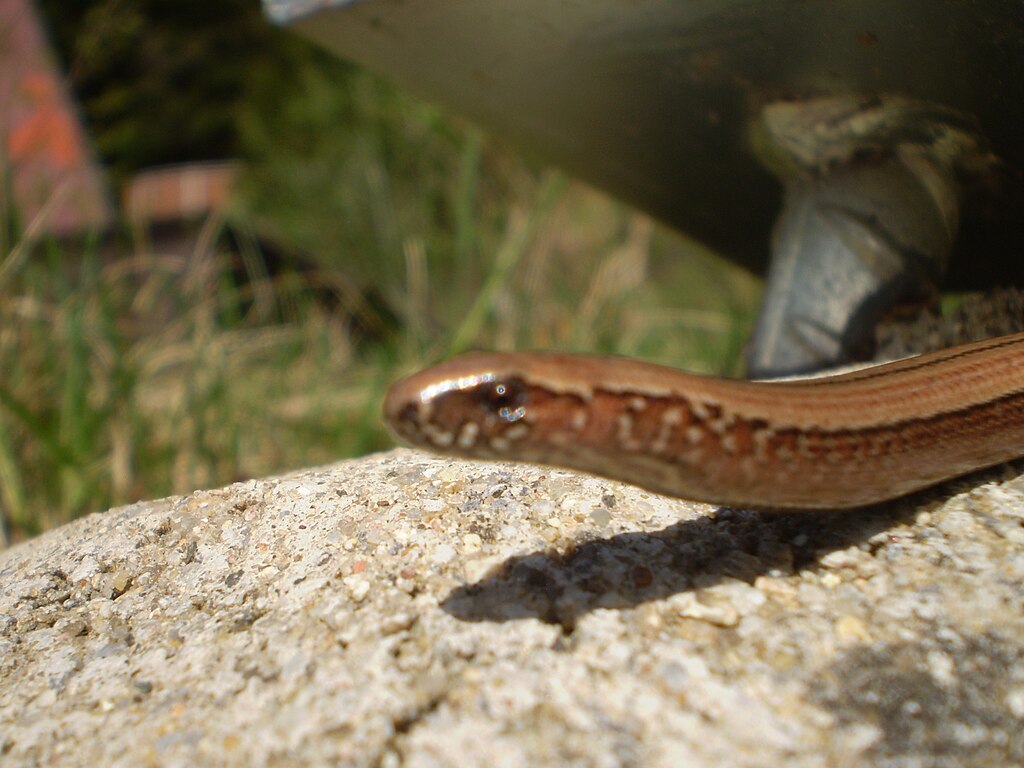
The hormonal changes associated with breeding season dramatically alter how snakes respond to the smell of other reptiles, particularly conspecifics. Male snakes show heightened interest in female pheromones during breeding season, often following chemical trails for considerable distances to locate potential mates. When a male detects a female’s scent, his tongue-flicking rate typically increases dramatically as he attempts to determine her reproductive status and location. Research has documented that some male snakes can differentiate between the scents of receptive and non-receptive females, allowing them to focus their mating efforts efficiently. During this period, male snakes may also show more aggressive responses to the scent of other males, engaging in combat behaviors when they detect chemical signatures of potential rivals in the vicinity of a female.
Species Differences in Olfactory Sensitivity
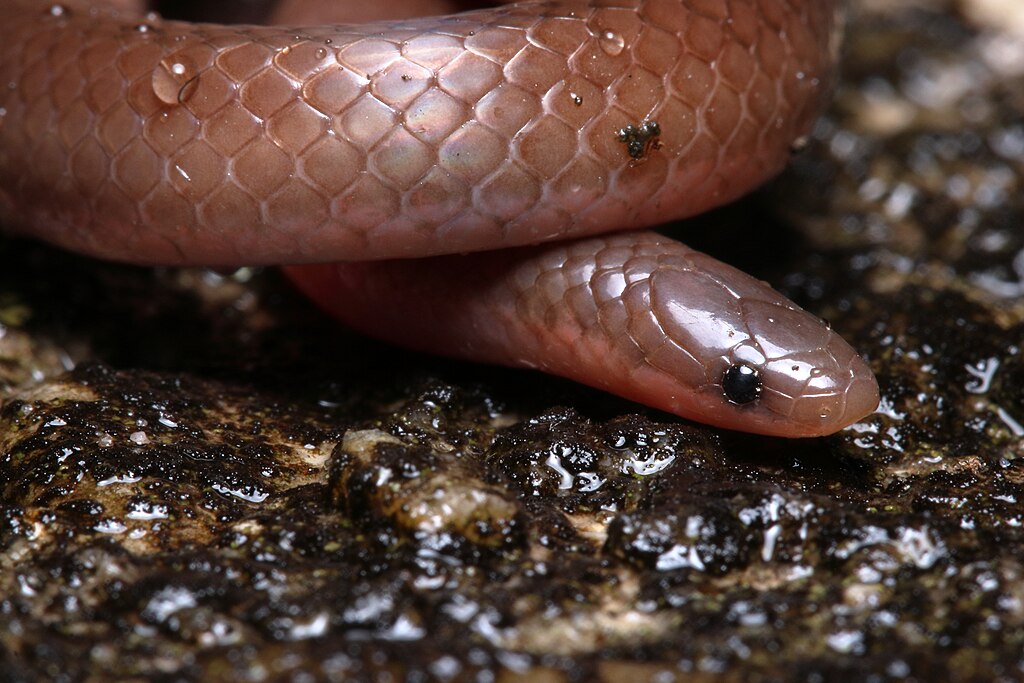
Not all snake species respond to reptile scents with the same level of sensitivity or behavioral complexity. Active hunting species like rat snakes and vipers tend to have more developed olfactory systems and show more nuanced responses to the chemical signatures of other reptiles compared to ambush predators. Arboreal species that spend most of their time in trees often show less reliance on ground-level chemical trails and may respond more strongly to airborne scent particles from other treetop-dwelling reptiles. Studies comparing different snake families have found that colubrid snakes (the largest snake family) generally demonstrate more complex discriminatory abilities when detecting other reptile species compared to more primitive snake families. These differences reflect evolutionary adaptations to specific hunting strategies, habitats, and ecological niches that have shaped each species’ sensory priorities.
Chemical Camouflage and Mimicry
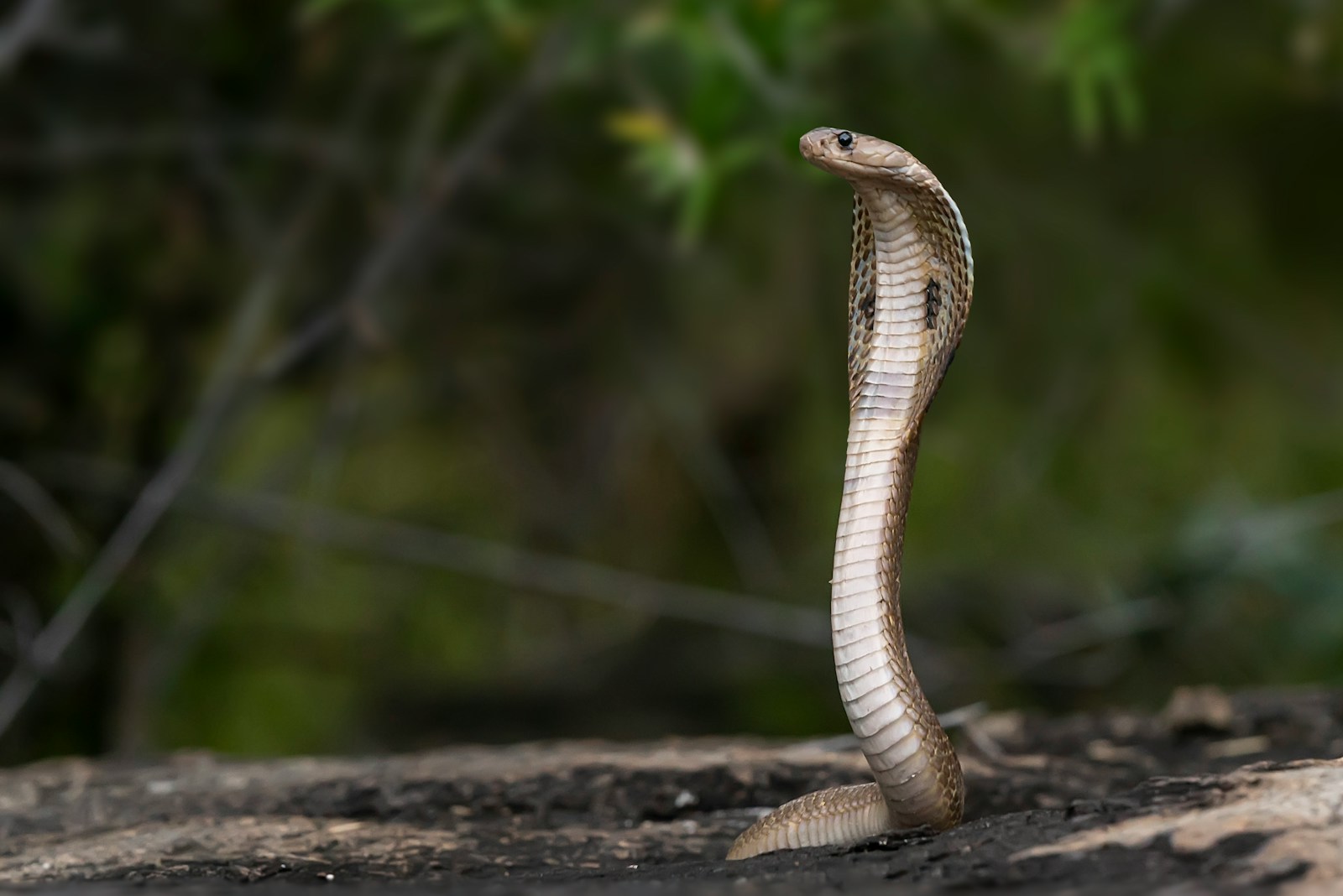
Some fascinating cases involve snake species that have evolved chemical camouflage or mimicry to manipulate how other reptiles respond to their scent. Certain kingsnake species appear to have evolved chemical signatures that minimize detection by the venomous snakes they prey upon, effectively allowing them to hunt other snakes with reduced risk. Juvenile snakes of some species produce chemical signatures that mimic those of non-threatening species, potentially reducing aggression from larger snakes that might otherwise view them as competitors. Research has also documented cases where snakes can modify their own scent production based on environmental conditions and social context, suggesting a level of chemical communication flexibility not previously recognized. These sophisticated adaptations highlight the evolutionary arms race between predator and prey within reptile communities.
Communal Denning and Scent Familiarity
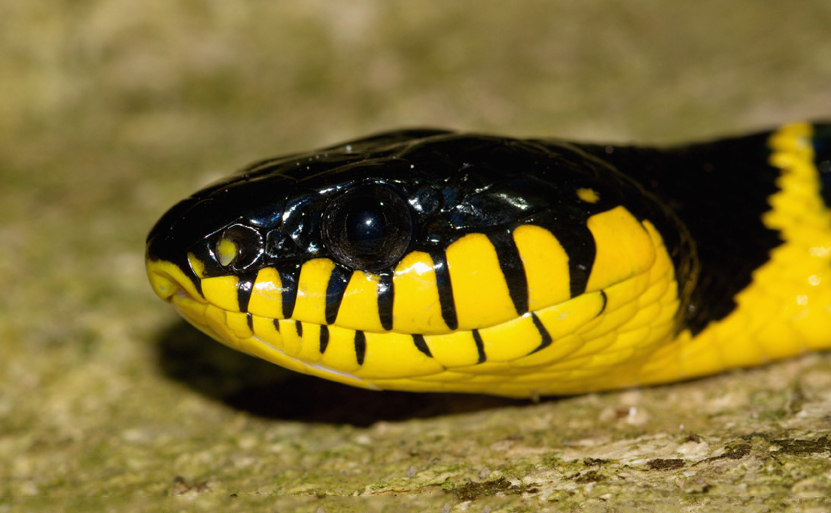
In species that engage in communal denning behavior, such as many temperate region vipers, reactions to the smell of other reptiles become particularly complex. Snakes returning to communal hibernation sites appear to follow scent trails left by other members of their den group, suggesting a recognition of “familiar” chemical signatures. Within these communal settings, aggressive responses to same-species scents are often suppressed, allowing dozens or even hundreds of snakes to cohabitate peacefully in suitable winter refuges. Scientists studying rattlesnake dens have documented that resident snakes show greater tolerance for the scent of den-mates compared to snakes from other locations, suggesting a form of chemical “familiarity” that develops over time. This chemical recognition system helps maintain social structures within snake populations even among species not typically considered social.
How Habitat and Environmental Factors Affect Scent Detection
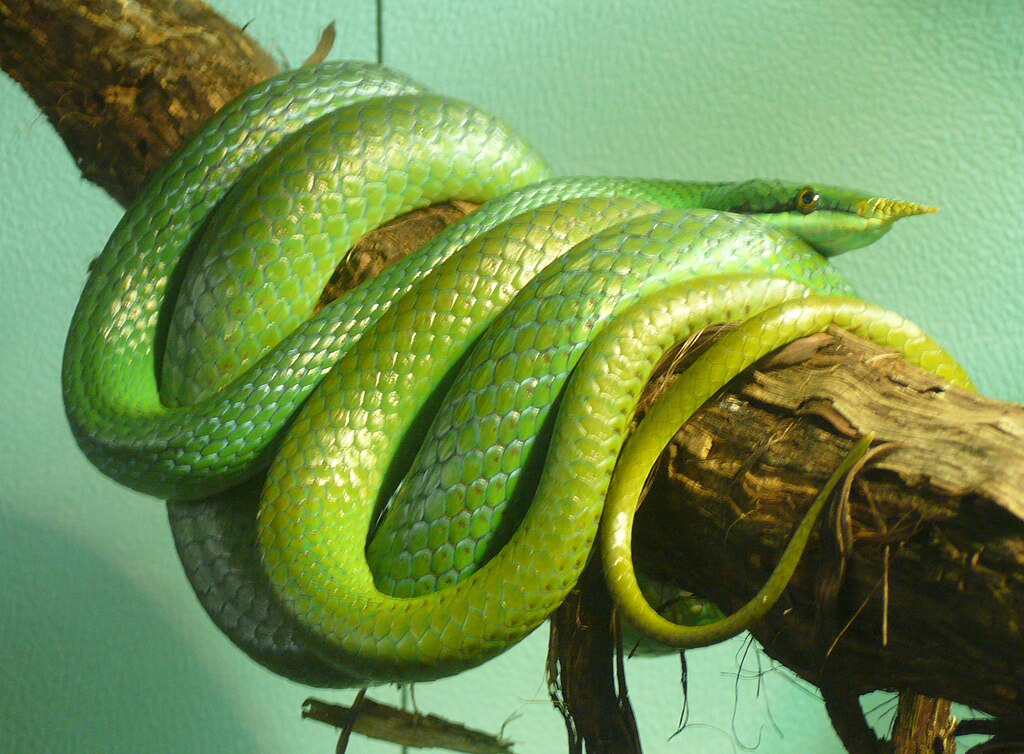
Environmental conditions significantly influence how effectively snakes can detect and respond to the scents of other reptiles. Humidity levels affect how long chemical trails persist in the environment, with higher humidity generally allowing scent molecules to remain detectable for longer periods. Temperature directly impacts a snake’s metabolic rate and consequently its tongue-flicking behavior, with warmer conditions typically leading to more active chemical sampling. Habitat complexity also plays a role – in dense vegetation, airborne scent particles disperse differently than in open areas, affecting how snakes track other reptiles through chemical cues. Research has shown that after rainfall, the ability of snakes to follow chemical trails left by other reptiles is temporarily reduced as water washes away or dilutes scent particles, creating windows of opportunity for prey species to move with reduced detection risk.
Defensive Chemical Secretions and Responses
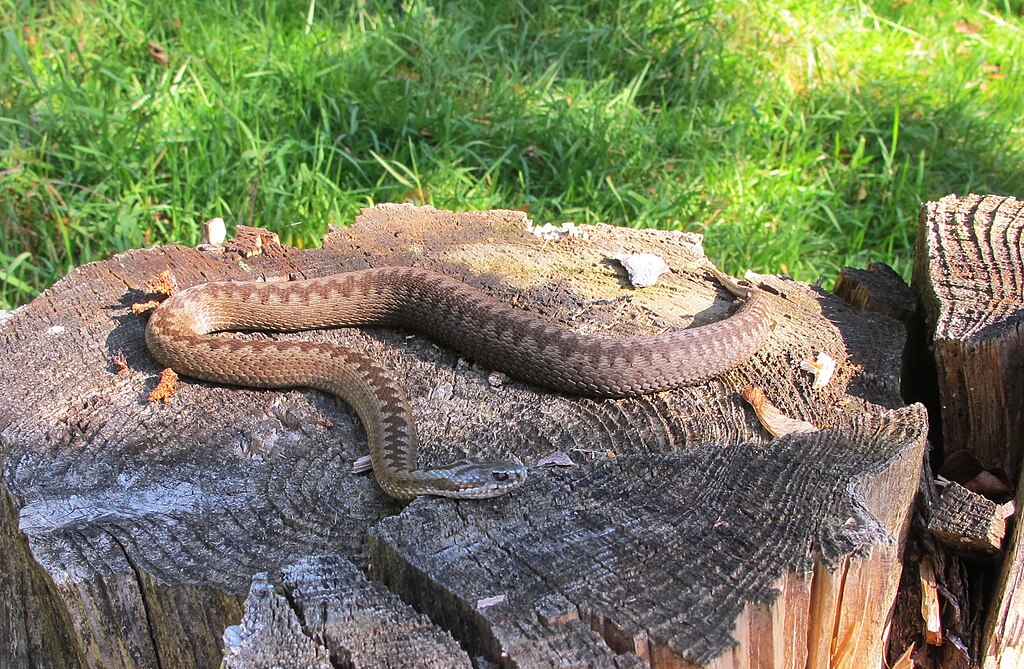
When threatened, many reptiles release defensive chemicals that specifically trigger avoidance behaviors in potential predators, including predatory snakes. Garter snakes and other natricine species often release cloacal secretions with specific compounds that deter predation attempts by other snakes. These chemical defenses are so effective that some snake species show innate avoidance of these scents, turning away immediately upon detection. Interestingly, some specialized snake-eating species have evolved resistance to these chemical deterrents, showing reduced or absent avoidance responses that allow them to successfully prey on other snakes. The musk released by many reptiles when handled or threatened contains compounds that can remain detectable by snakes for days, creating “danger zones” that other reptiles actively avoid.
Learning and Memory in Scent Recognition
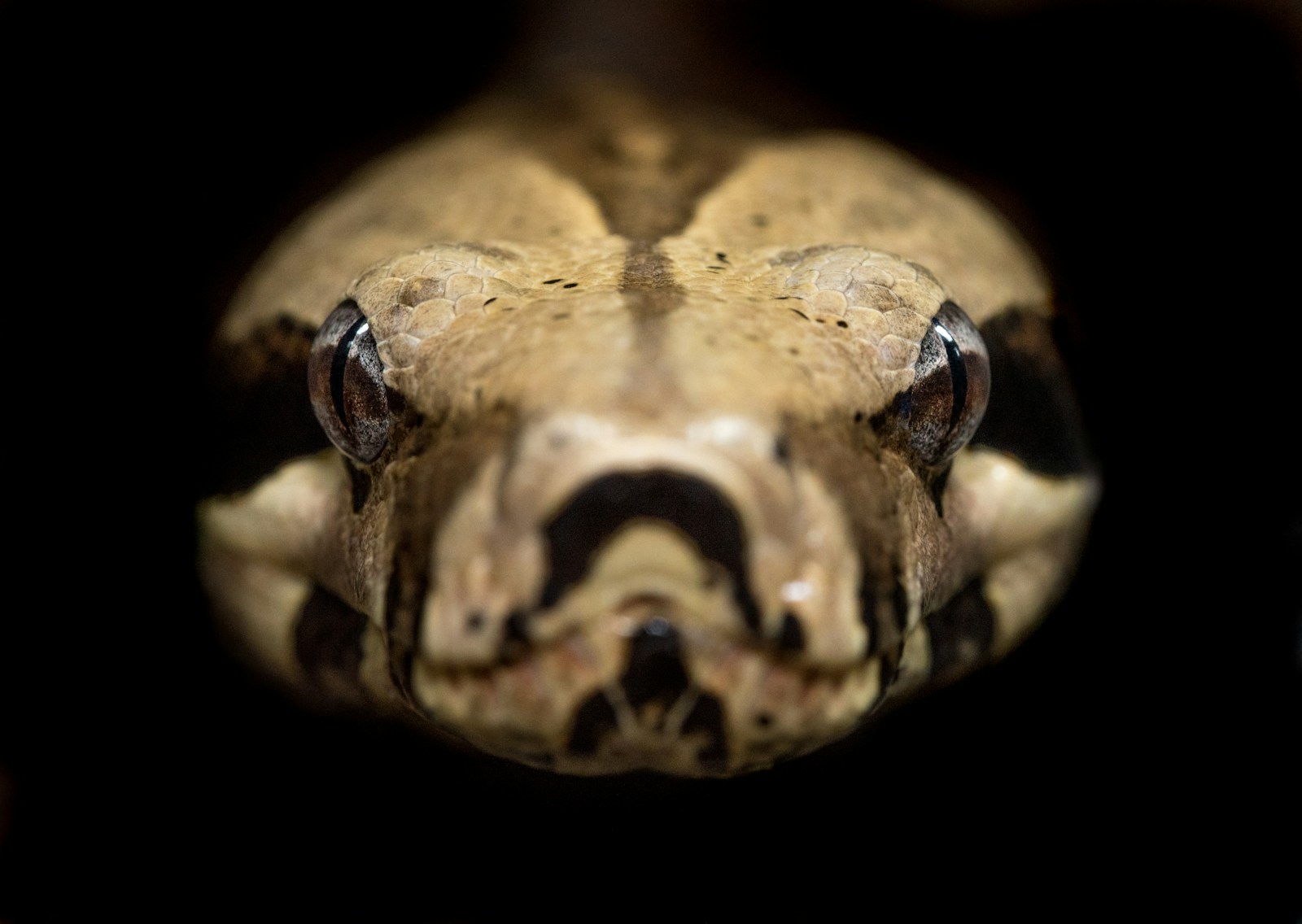
Recent research has revealed that snakes possess more sophisticated learning abilities related to scent recognition than previously thought. Studies have demonstrated that snakes can form associations between certain reptile scents and negative experiences, leading to enhanced avoidance behaviors when those scents are encountered again in the future. For example, after a negative interaction with a predatory lizard, smaller snake species show stronger avoidance reactions when they detect that lizard species’ scent in subsequent encounters. This learning appears to be long-lasting, with some species maintaining these enhanced responses for months or even years. The neural mechanisms underlying this scent memory remain an active area of research, challenging earlier assumptions about the simplicity of reptilian learning and cognition.
Implications for Conservation and Captive Husbandry
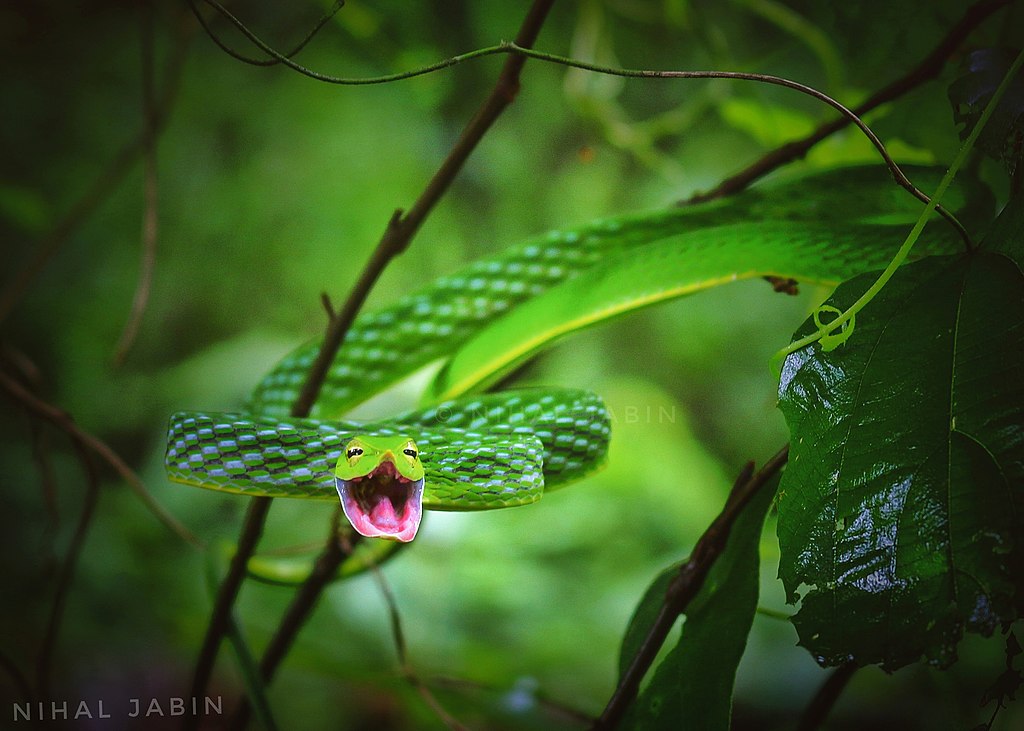
Understanding how snakes react to the scents of other reptiles has important applications for both conservation efforts and captive husbandry practices. In conservation, knowledge of chemical ecology helps researchers design more effective reintroduction programs by considering how released snakes will respond to the chemical landscape of resident reptiles. Stress responses triggered by inappropriate exposure to the scents of predatory reptiles can compromise health and breeding success in captivity, making proper enclosure management crucial. Many successful breeding programs now incorporate scent management protocols, such as preventing cross-contamination between predator and prey species housed in the same facility. For reptile keepers, understanding that residual scents from one species can affect the behavior and welfare of another helps inform housing arrangements and handling procedures that minimize stress through appropriate chemical isolation.
Future Research Directions

The study of snake responses to reptile scents continues to evolve with new technologies enabling more precise chemical analysis. Advanced techniques like gas chromatography-mass spectrometry now allow researchers to identify specific chemical compounds that trigger particular behavioral responses, opening new avenues for understanding chemical communication networks among reptiles. Neuroimaging studies examining brain activity patterns when snakes process different reptile scents are beginning to reveal the neural basis of these complex behaviors. Field studies using environmental DNA techniques are uncovering how snakes use scent information to structure communities across larger landscapes. As research continues, scientists hope to develop a more comprehensive understanding of the “chemical ecology” that shapes reptile communities and the evolutionary forces that have fine-tuned these remarkable sensory adaptations.
Conclusion

The intricate ways snakes respond to the scents of other reptiles highlights the sophisticated sensory world these animals inhabit. From the specialized vomeronasal organ that processes chemical information to the complex behavioral responses that vary by species, context, and season, these reactions reveal evolutionary adaptations refined over millions of years. Understanding these chemical communication systems not only provides fascinating insights into snake biology but also offers valuable applications in conservation, captive husbandry, and ecological research. As technological tools advance and research continues, our appreciation for the remarkable olfactory capabilities of snakes deepens, revealing new dimensions of these often misunderstood predators and their chemical interactions with the reptile world around them.

